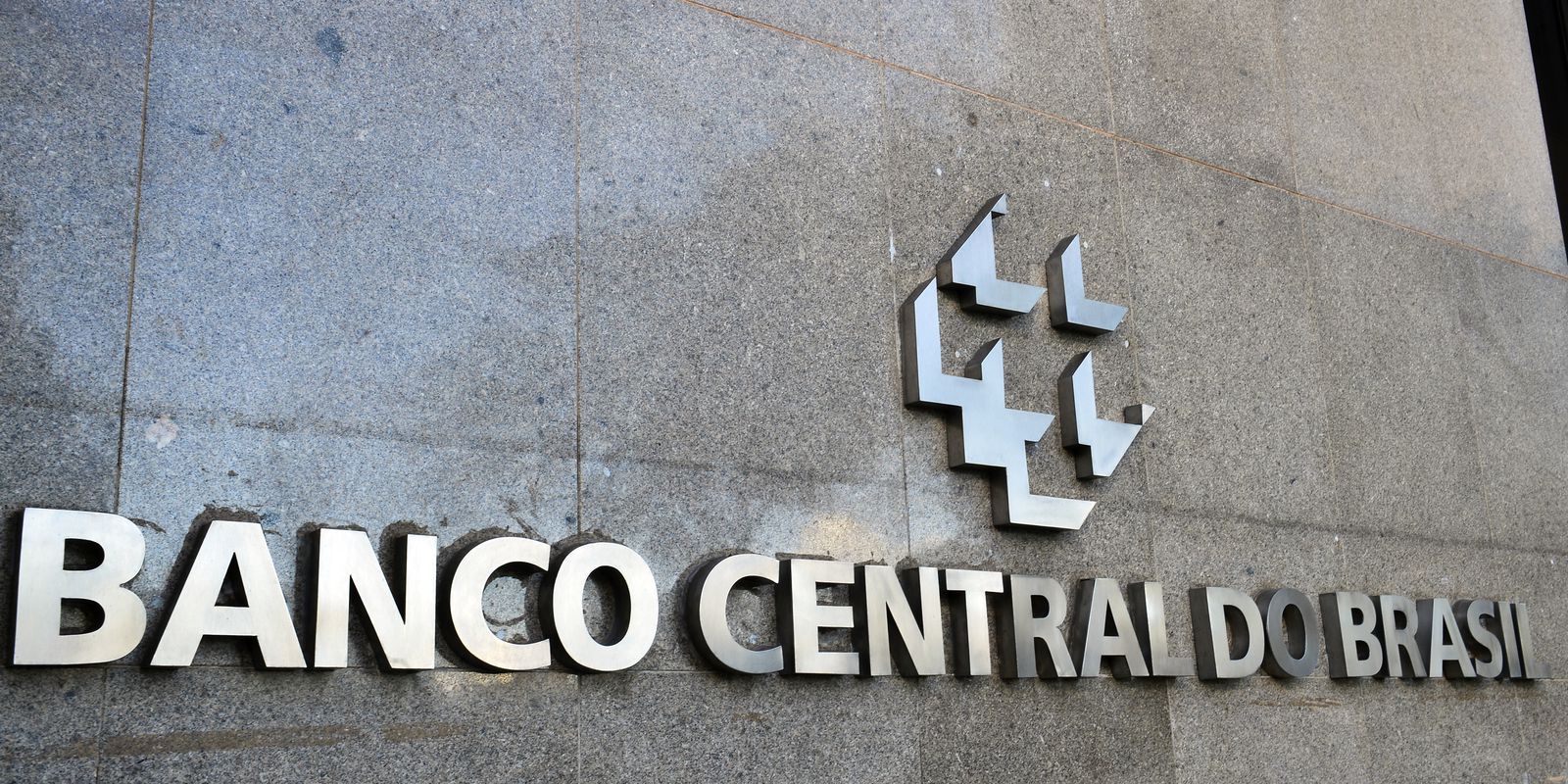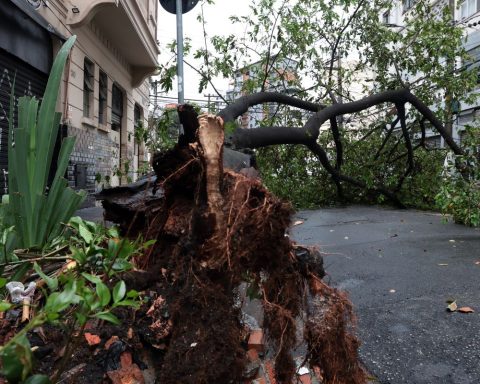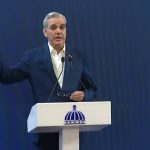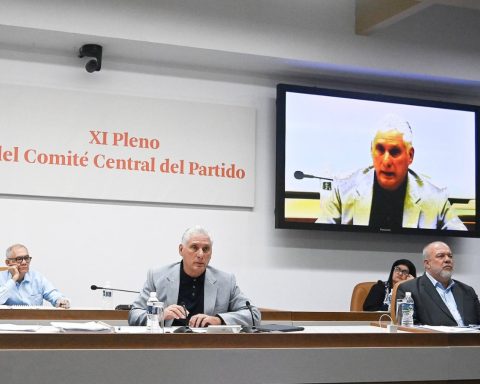The Monetary Policy Committee (Copom) of the Central Bank (BC) reported that it “will not hesitate” to resume the cycle of hikes in the basic interest rate, the Selic, in case the disinflation process does not proceed as expected. In a meeting last week, given the drop in inflation in recent months, the Copom maintained the Selic rate at 13.75% per year.
For the collegiate, caution is needed and it is necessary to evaluate, over time, the accumulated impacts “of the intense and timely monetary policy cycle already undertaken”. The rate remains at the highest level since January 2017, when it was also at 13.75% per year. This was the first break in the highs after 12 consecutive highs, in a cycle that began amid rising food, energy and fuel prices.
“Due to long and variable monetary policy lags, much of the expected contractionary effect, as well as its impact on current inflation, has not yet been observed. These impacts should become clearer in the activity indicators throughout the second half of the year”, says the minutes of the last Copom meeting, released today (27).
For the BC, consumer inflation remains high, despite the recent drop and the effects of tax cuts on items such as fuel and electricity. According to the document, the committee will maintain vigilance and assess whether the strategy of maintaining the Selic for a “sufficiently prolonged” period will be able to consolidate the disinflation process.
“Without prejudice to its fundamental objective of ensuring price stability, the decision also implies smoothing fluctuations in the level of economic activity and promoting full employment,” the minutes said. “The set of indicators released since the last Copom meeting continues to indicate growth at the margin, albeit more moderate, and the labor market continued to expand, although without complete reversal of the real drop in wages observed in recent quarters”, he adds.
Inflation
The Selic is the main instrument used by the Central Bank to achieve the inflation target. The increase in the Selic, which serves as a reference for other interest rates in the country, helps to control inflation, because the rate causes reflections on prices, since higher interest rates make credit more expensive and stimulate savings, containing heated demand.
In August, inflation dropped 0.36%, after falling 0.68% in July. As a result, the IPCA accumulates a high of 4.39% in the year and 8.73% in 12 months, according to the Brazilian Institute of Geography and Statistics.
THE forecast for 2022 is above the inflation target [https://agenciabrasil.ebc.com.br/economia/noticia/2022-06/bc-admite-oficialmente-estouro-da-meta-de-inflacao-em-2022#:~:text=O%20relat%C3%B3rio%20estima%20que%20o,2%2C7%25%20em%202024.] that should be pursued by BC. The target, defined by the National Monetary Council, is 3.5% for this year, with a tolerance interval of 1.5 percentage points up or down. That is, the lower limit is 2% and the upper limit is 5%. For 2023 and 2024, the targets set are 3.25% and 3%, respectively, with the same tolerance intervals.
To decide on the maintenance of the Selic, the committee established a baseline scenario for inflation, with projections at 5.8% for 2022, 4.6% for 2023 and 2.8% for 2024. Projections for price inflation administered are -4% for 2022, 9.3% for 2023 and 3.7% for 2024. Copom adopted a “green” tariff flag in December 2022 and “yellow” in December 2023 and 2024, in addition to the exchange rate starting at US$ 5.20 and the price of oil following the upward curve for the next six months and increasing 2% per year thereafter.
Scratchs
For the BC, the baseline scenario for inflation involves risk factors in both directions. Among the upside risks is a greater persistence of global inflationary pressures, with a sharper deceleration in global economic activity. In addition, there is uncertainty about the future of the country’s fiscal framework. “The permanent increase in spending and the uncertainty about its trajectory from next year onwards may raise the country’s risk premiums and inflation expectations”, says the minutes.
Among the downside risks, the BC highlights a further drop in international commodity prices in local currency, a more pronounced slowdown in global economic activity than projected and the maintenance of tax cuts projected to be reversed in 2023. “The committee reiterates that there are several channels through which fiscal policy can affect inflation, including its effect on activity, asset prices, the degree of uncertainty in the economy and inflation expectations,” the BC explained.















